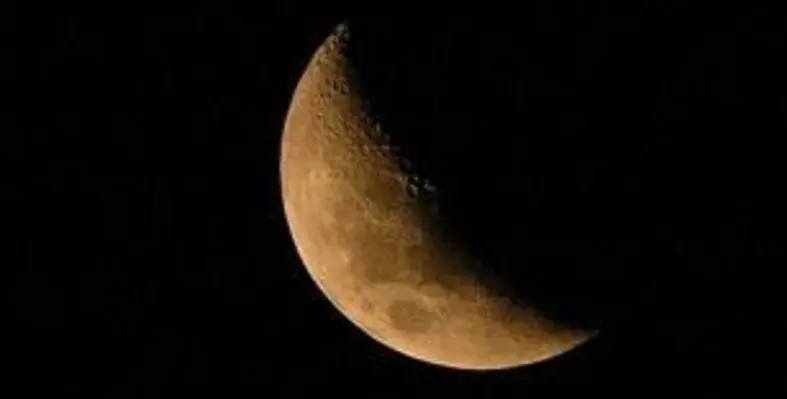The National Aeronautics and Space Administration (NASA) is sending a team of 30 US scientists and 21 mobile telescopes to Senegal for a unique astronomical opportunity to view a stellar occultation of a new Kuiper Belt Object, known as Ultima Thule
Working in partnership with the US Embassy Dakar and the Senegalese Ministry of Higher Education, Research and Innovation (MESRI), the team will conduct tests outside of Dakar before heading to the field to observe and capture the occultation.
Senegalese and French scientists will join the New Horizons team. This mission will help scientists learn more about the solar system’s outer reaches and is an example of the US-Senegalese scientific partnership and cooperation.
MESRI will hold a press conference on 30 July 2018 with the US ambassador Tulinabo Mushingi, minister of higher education, research and innovation, and representatives from NASA New Horizons and NASA headquarters.
There will also be a panel discussion featuring panel discussions by the US, Senegalese and French scientists describing the astronomical observation to be done at Senegal.
The US Embassy in Dakar is also organising science technology engineering and mathematics (STEM) focused event in Dakar with participation of NASA scientists as well as STEM workshops in Thies and Louga.
NASA’s New Horizons spacecraft successfully flew by Pluto in July 2015 and continues to explore the edge of the solar system by observing newly discovered objects in the Kuiper Belt to learn about their origins including Ultima Thule.
Dr Marc Buie, a team member at New Horizons from the Southwest Research Institute (SwRI) in Colorado, discovered Ultima Thule in 2014. The August 2018 occultation that will be observed in Senegal and Colombia is an important event in the New Horizons mission.
This mission is possible due to a collaboration of many partners working with NASA. The Johns Hopkins University Applied Physics Laboratory in Maryland designed, built and operated NASA’s New Horizons spacecraft and managed the mission for NASA’s science mission directorate.






